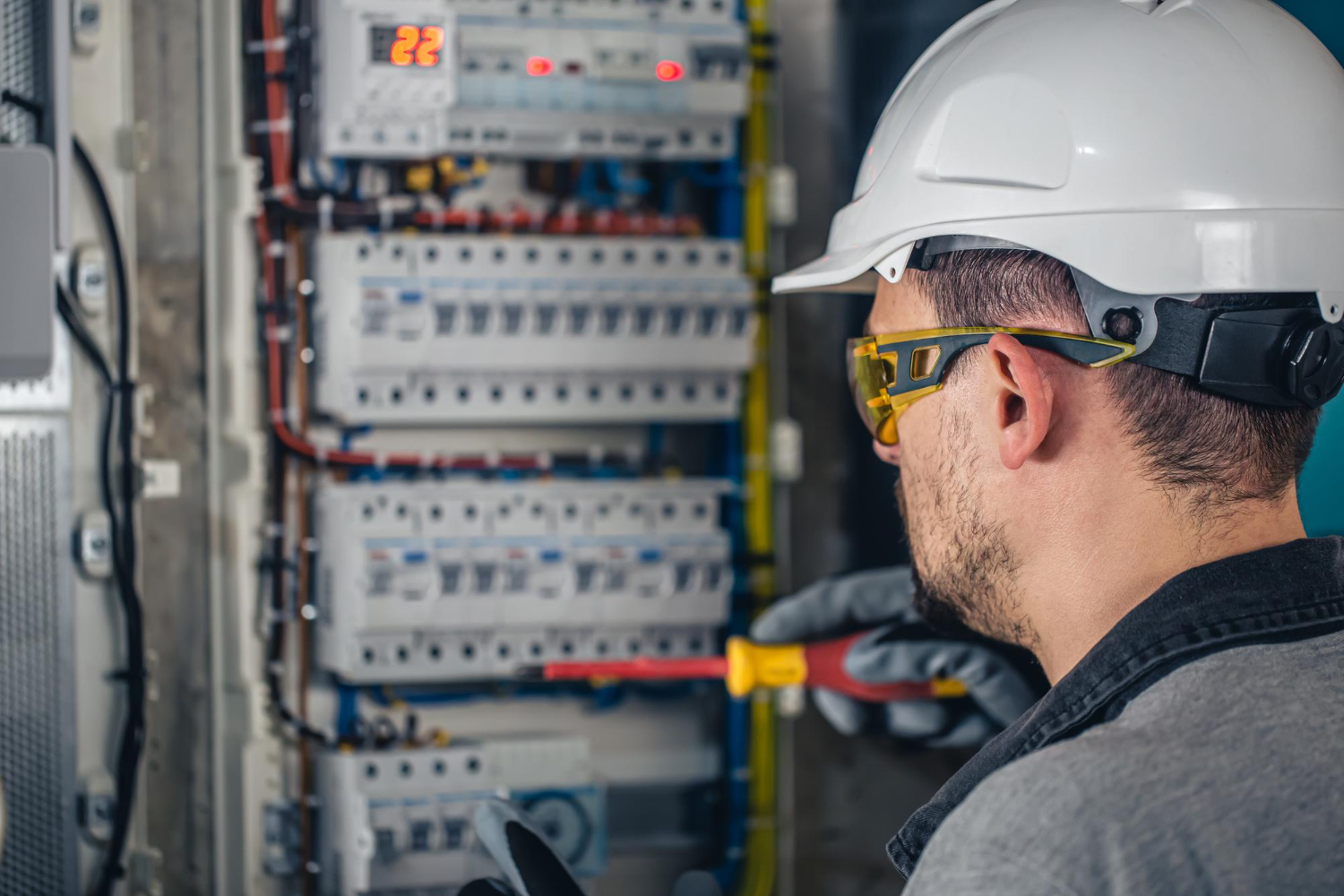Facts About Roar Solutions Revealed
Facts About Roar Solutions Revealed
Blog Article
All About Roar Solutions
Table of ContentsUnknown Facts About Roar SolutionsUnknown Facts About Roar SolutionsSome Of Roar Solutions
In order to protect installments from a prospective surge a method of analysing and classifying a potentially hazardous location is required. The objective of this is to ensure the proper selection and setup of devices to eventually prevent an explosion and to make sure security of life.
(http://peterjackson.mee.nu/do_you_ever_have_a_dream#c2270)
No tools should be set up where the surface temperature level of the equipment is higher than the ignition temperature of the offered threat. Below are some common dirt hazardous and their minimal ignition temperature. Coal Dust 380C 225C Polythene 420C (melts) Methyl Cellulose 420C 320C Starch 460C 435C Flour 490C 340C Sugar 490C 460C Grain Dirt 510C 300C Phenolic Resin 530C > 450C Aluminium 590C > 450C PVC 700C > 450C Residue 810C 570C The probability of the threat existing in a concentration high sufficient to create an ignition will certainly vary from place to place.
In order to identify this danger a setup is separated right into areas of danger depending upon the amount of time the hazardous is existing. These areas are referred to as Zones. For gases and vapours and dusts and fibres there are 3 areas. Area 0 Zone 20 An unsafe atmosphere is extremely likely to be existing and might exist for extended periods of time (> 1000 hours annually) and even continually Zone 1 Area 21 An unsafe atmosphere is possible but unlikely to be present for long periods of time (> 10 450 C [842 F] A classification of T6 means the minimum ignition temperature level is > 85 C [185 F] Dangerous location electrical equipment maybe created for use in greater ambient temperatures. This would suggested on the rating plate e.g. EExe II C T3 Ta + 60C( This implies at 60C ambient T3 will not be surpassed) T1 T1, T2, T3, T4, T5, T6 T2 T2, T3, T4, T5, T6 T3 T3, T4, T5, T6 T4 T4, T5, T6 T5 T5, T6 T6 T6 A T Course ranking of T1 implies the maximum surface area temperature level created by the tool at 40 C is 450 C. Thinking the connected T Class and Temperature level score for the tools are suitable for the location, you can always make use of an instrument with an extra stringent Division rating than required for the location. There isn't a clear response to this concern regrettably. It really does depend upon the kind of equipment and what repair work need to be brought out. Equipment with certain test treatments that can't be performed in the area in order to achieve/maintain 3rd party score. Must come back to the factory if it is before the equipment's solution. Field Fixing By Authorised Worker: Difficult screening may not be called for however certain procedures might require to be complied with in order for the tools to maintain its third party ranking. Authorised workers need to be employed to execute the work correctly Repair work must be a like for like substitute. New component must be taken into consideration as a straight substitute calling for no special screening of the devices after the repair is full. Each tool with a harmful rating must be reviewed individually. These are outlined at a high level below, however, for even more in-depth information, please refer directly to the standards.
Getting My Roar Solutions To Work
The tools register is a detailed data source of equipment records that consists of a minimum set of areas to determine each item's location, technological criteria, Ex-spouse classification, age, and ecological data. The ratio of Thorough to Close assessments will be figured out by the Devices Danger, which is analyzed based on ignition risk (the probability of a resource of ignition versus the probability of a combustible ambience )and the unsafe location category
( Zone 0, 1, or 2). Carrying out a durable Risk-Based Examination( RBI )approach is essential for ensuring conformity and security in managing Electric Devices in Hazardous Areas( EEHA).
Some Known Facts About Roar Solutions.

In regards to explosive threat, a hazardous location is a setting in which an explosive atmosphere exists (or might be anticipated to be present) in quantities that call for special precautions for the construction, installment and Get More Info use of devices. Roar Training Solutions. In this short article we explore the obstacles faced in the office, the danger control steps, and the needed expertises to work safely
It is a repercussion of contemporary life that we produce, store or deal with a variety of gases or liquids that are regarded flammable, and a variety of dusts that are regarded flammable. These substances can, in specific problems, develop explosive atmospheres and these can have major and terrible effects. The majority of us know with the fire triangular eliminate any kind of one of the 3 aspects and the fire can not occur, but what does this mean in the context of hazardous locations? When damaging this down into its most basic terms it is essentially: a mix of a certain amount of launch or leakage of a specific material or product, combining with ambient oxygen, and the visibility of a resource of ignition.
In the majority of circumstances, we can do little concerning the levels of oxygen airborne, however we can have significant impact on resources of ignition, as an example electrical devices. Hazardous areas are documented on the dangerous area category drawing and are determined on-site by the triangular "EX" sign. Below, amongst other vital information, zones are split into three types depending on the threat, the possibility and duration that an explosive environment will exist; Zone 0 or 20 is considered one of the most unsafe and Zone 2 or 22 is regarded the least.
Report this page